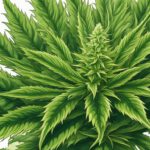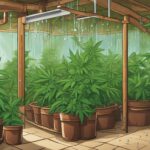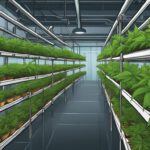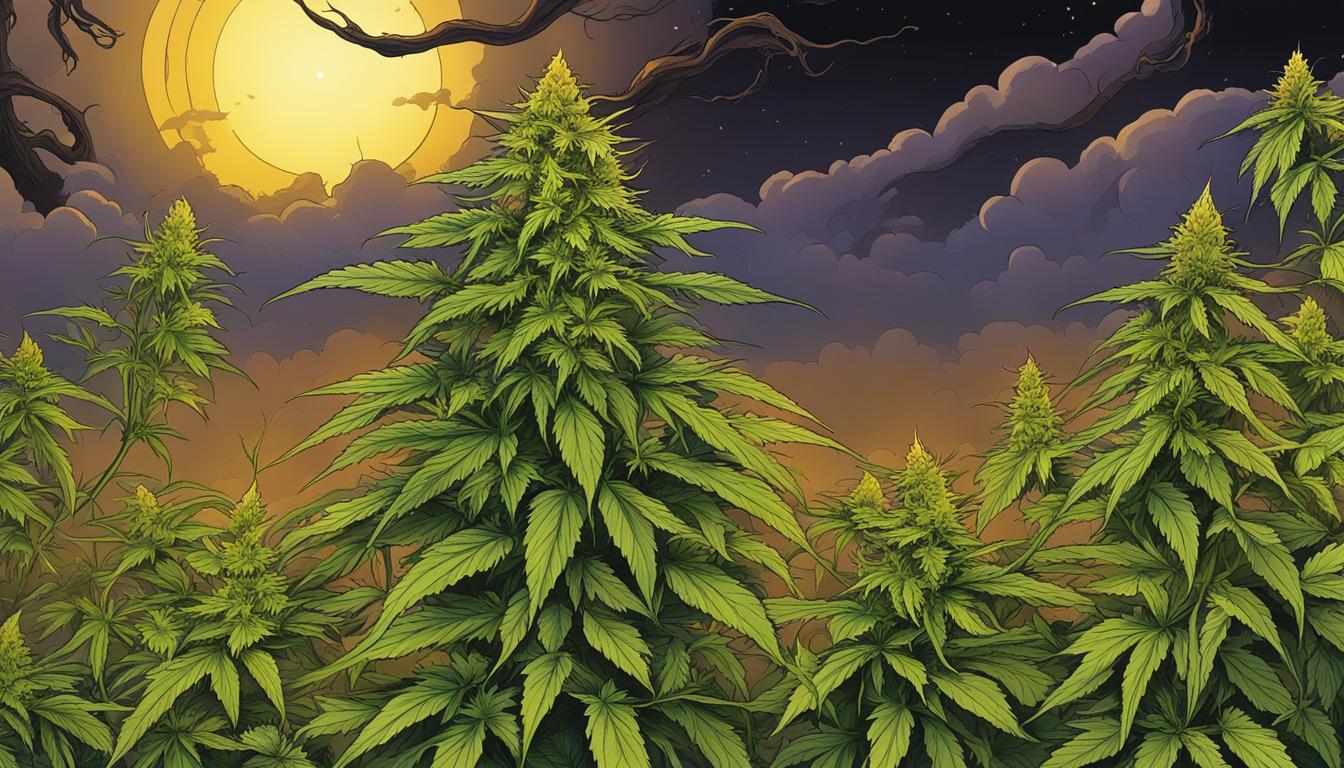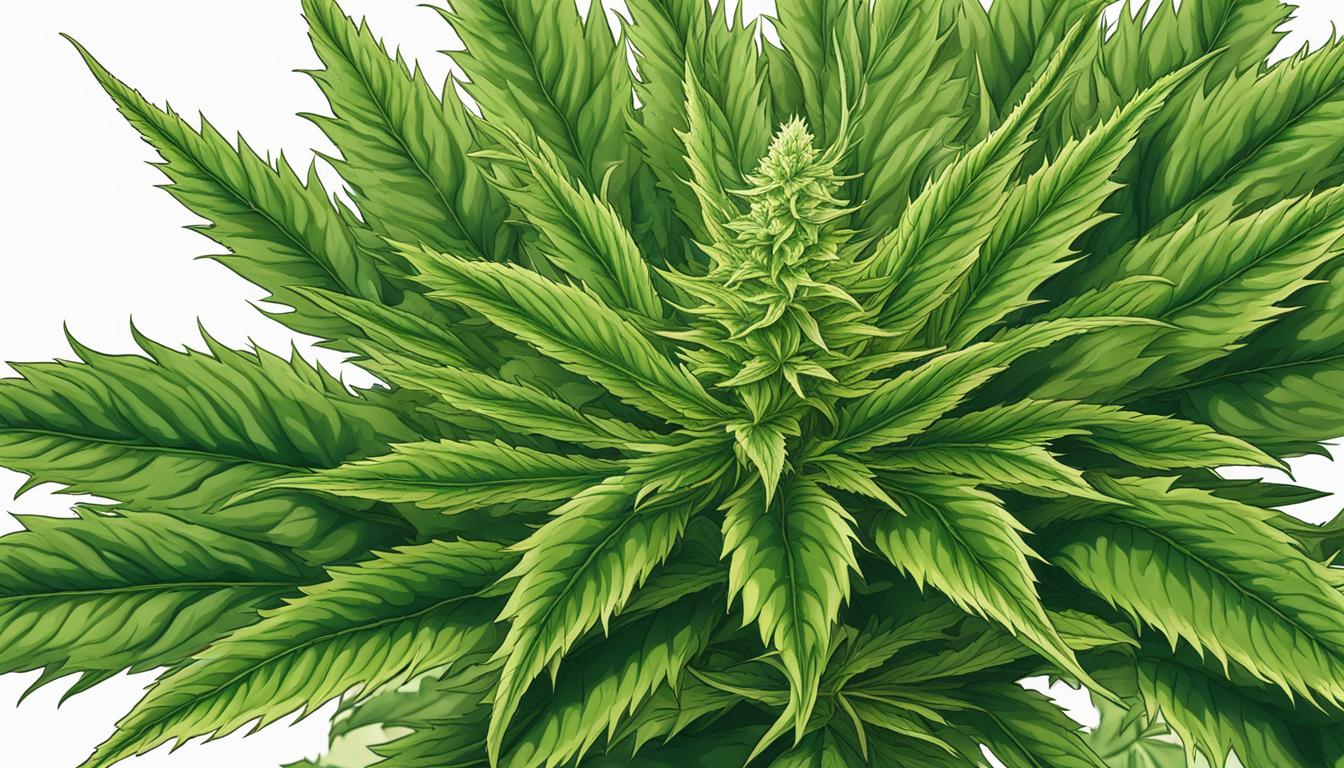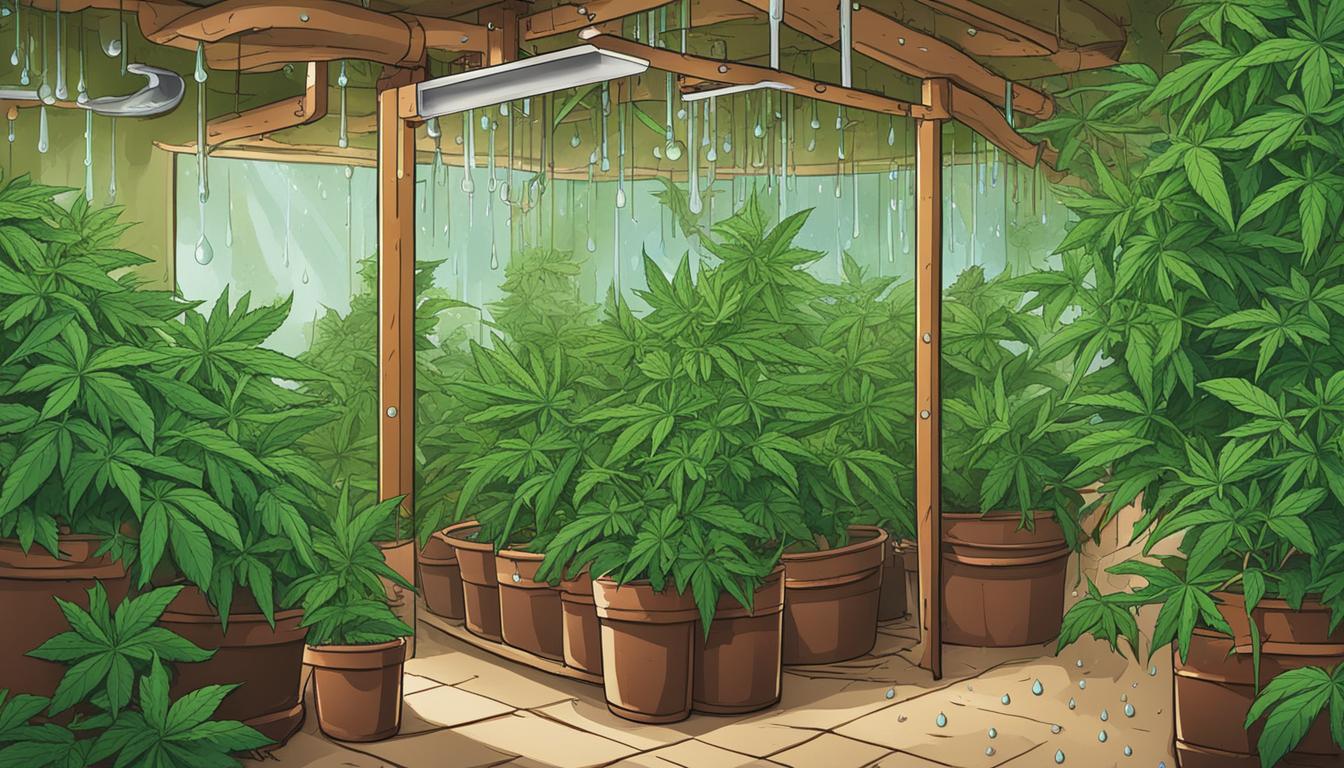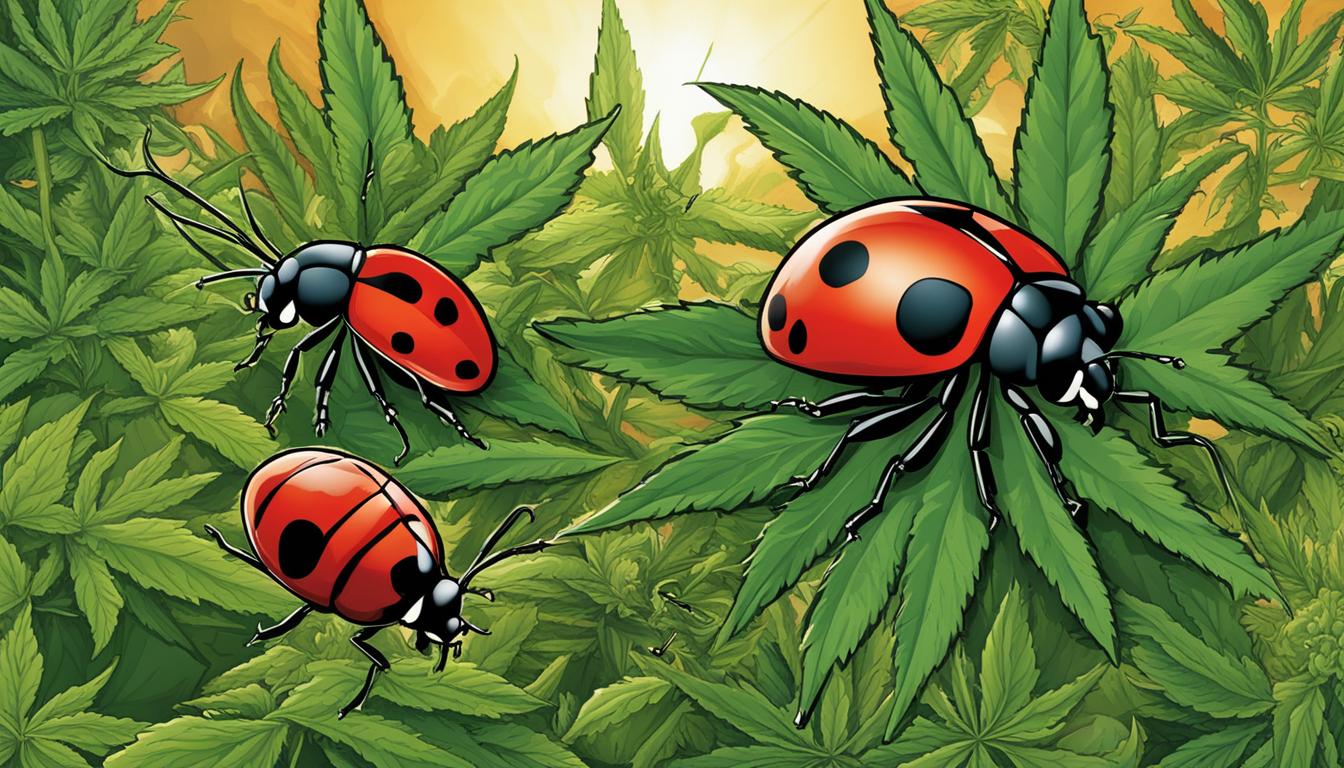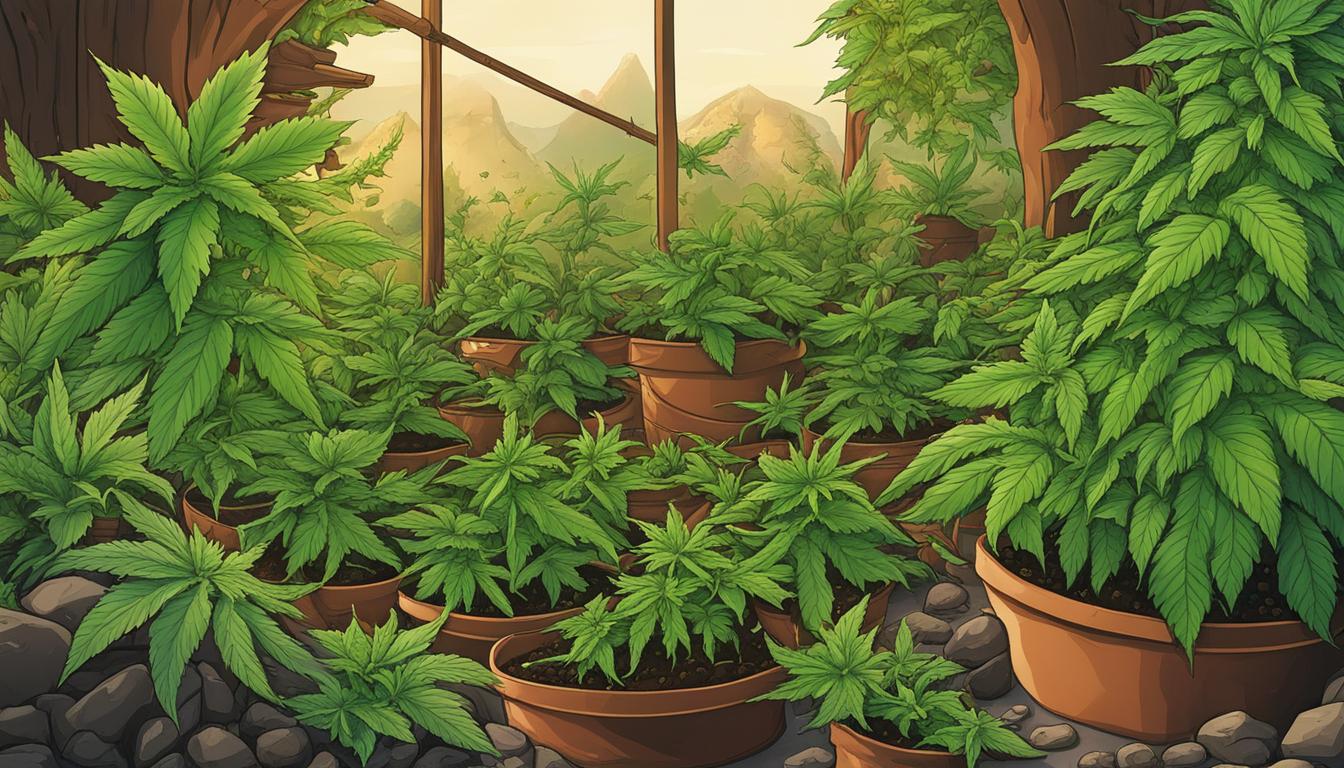Whether you’re a seasoned cultivator or a beginner, growing cannabis comes with its own set of unique challenges. From nutrient deficiencies to pests and diseases, common marijuana cultivation issues can arise at any point in the growth process.
Fortunately, with a little troubleshooting, you can identify and fix these problems to ensure your plants thrive. In this comprehensive guide, we’ll provide expert tips and techniques for troubleshooting common cannabis growing problems. By following these guidelines, you can promote healthier plants and achieve better yields.
Key Takeaways:
- Common cannabis growth problems can impact plant health and yield.
- By troubleshooting and diagnosing issues, you can promote healthier plants.
- Nutrient deficiencies, pests and diseases, and environmental factors are common challenges faced by cultivators.
- Proper identification and resolution of these problems can help ensure the successful growth of your cannabis plants.
- Stay tuned for our expert advice on how to diagnose and resolve nutrient deficiencies, handle pests and diseases, and overcome environmental issues during cannabis cultivation.
Diagnosing Cannabis Growing Problems
As a cannabis cultivator, you may encounter a range of issues related to plant health, nutrient deficiencies, pests, diseases, and environmental factors. Diagnosing these problems accurately is essential to effectively resolving them and ensuring the successful growth of your cannabis plants.
Identifying Issues Related to Plant Health
Plant health is a crucial factor in cannabis cultivation. Healthy plants have vibrant leaves, sturdy stems, and overall robust growth. If you notice your plants are wilting, yellowing, or showing other signs of poor health, it’s essential to diagnose the problem quickly. Such symptoms can be caused by a variety of factors, including nutrient deficiencies, environmental stresses, pests, and diseases.
When diagnosing issues related to plant health, it’s important to closely examine your plants’ leaves, stems, and overall appearance. You may also want to use a magnifying glass or microscope to take a closer look at specific areas of concern. Pay attention to any discoloration, spots, or unusual growth patterns.
Resolving Nutrient Deficiencies
Nutrient deficiencies are a common problem faced by cannabis cultivators. These deficiencies can significantly impact plant growth and development, leading to stunted growth, discoloration, and other issues. The most common nutrient deficiencies in cannabis plants include nitrogen, phosphorus, and potassium deficiencies, as well as micronutrient imbalances.
To diagnose nutrient deficiencies, you’ll need to pay attention to specific symptoms indicating a lack of specific nutrients. For example, nitrogen deficiency may result in yellowing leaves, while phosphorus deficiency can cause dark leaves and stunted growth. Once you have identified the nutrient deficiency, you can take appropriate action by adjusting your soil or water mix to provide the missing nutrients.
Troubleshooting Pests and Diseases
Pests and diseases can significantly impact the growth and health of cannabis plants. Spider mites, aphids, whiteflies, powdery mildew, and bud rot are common pests and diseases that cannabis cultivators may encounter. These issues can spread quickly, so it’s essential to diagnose and address them as soon as possible.
When diagnosing pests and diseases, pay attention to any signs of infestation, discoloration, or unusual growth patterns. Look for visible pests, webs, and other signs of insect activity. Once you’ve identified the problem, take appropriate action, such as using natural or chemical pest control methods or removing infected plants to prevent further spread.
Overcoming Environmental Challenges
Environmental factors such as overwatering and light burn can cause significant stress on cannabis plants. Overwatering can cause root rot, while light burn can cause burns on leaves, stunted growth, and other issues. It’s essential to diagnose and address these issues quickly to prevent further damage to your plants.
When diagnosing environmental challenges, look for specific signs of overwatering or light burn, such as wilting, brown or yellow spots, or drying leaves. Adjust your watering schedule or light management techniques to overcome these challenges and promote healthy plant growth.
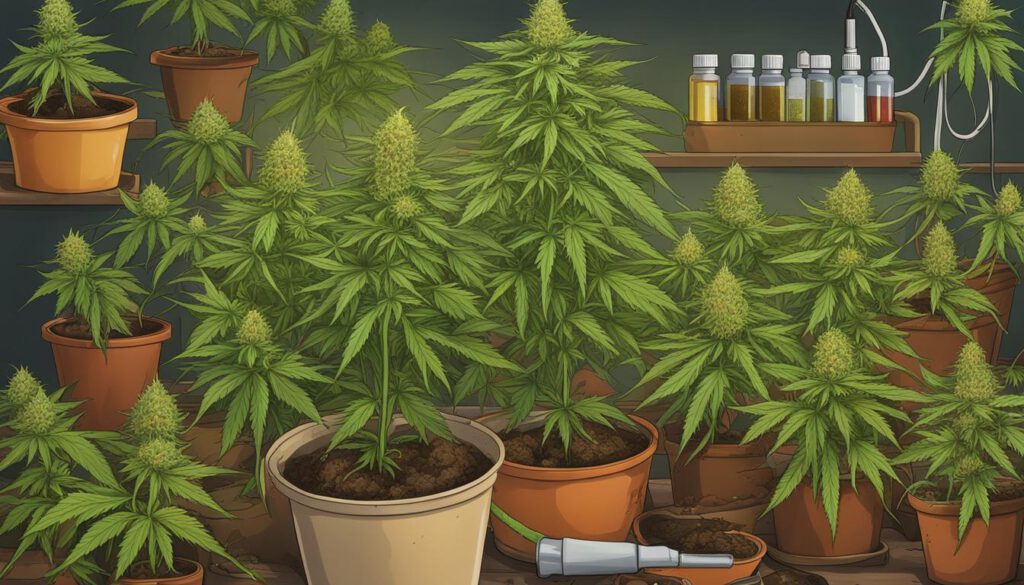
Troubleshooting Nutrient Deficiencies in Cannabis Plants
When growing cannabis, nutrient deficiencies can be a common problem that can hinder plant growth and development. Identifying and correcting these issues is crucial to ensuring optimal growth and yield. In this section, we’ll explore common nutrient deficiencies and provide practical tips for resolving them.
Identifying Nutrient Deficiencies
One of the first steps in troubleshooting nutrient deficiencies in your cannabis plants is to identify which nutrient is lacking. This can typically be determined by examining the leaves of the plant.
Tip: Before examining the leaves, make sure to check the pH level of your soil. If the pH level is too high or too low, it can cause nutrient deficiencies even if the nutrients are present in the soil.
Here is a quick reference guide to help you identify common nutrient deficiencies:
| Nutrient | Signs of Deficiency |
|---|---|
| Nitrogen | Yellowing of older leaves, stunted growth |
| Phosphorus | Purple stems, slow growth |
| Potassium | Brown spots on leaves, weak stems |
| Calcium | Brittle leaves, yellowing between veins |
| Magnesium | Yellowing between veins, leaf curling |
Resolving Nutrient Deficiencies
Once you’ve identified a nutrient deficiency in your cannabis plant, it’s important to take action to correct it. Here are some tips for resolving nutrient deficiencies:
- Check your nutrient levels: Make sure you’re providing proper nutrients to your plant. If you’re growing in soil, consider a soil test to determine any nutrient imbalances.
- Adjust pH levels: If your soil pH levels are too high or too low, adjust them accordingly.
- Flush your plants: Sometimes, a build-up of excess nutrients or salts in the soil can cause nutrient deficiencies. Flushing your plants with plain water can help to remove these build-ups.
- Consider adding supplements: If your plant is still showing signs of nutrient deficiencies, you may need to add a supplement to your nutrient mix.
Note: When adding nutrients or supplements to your plants, make sure to follow the manufacturer’s instructions carefully, as overfeeding can cause nutrient burn or other issues.
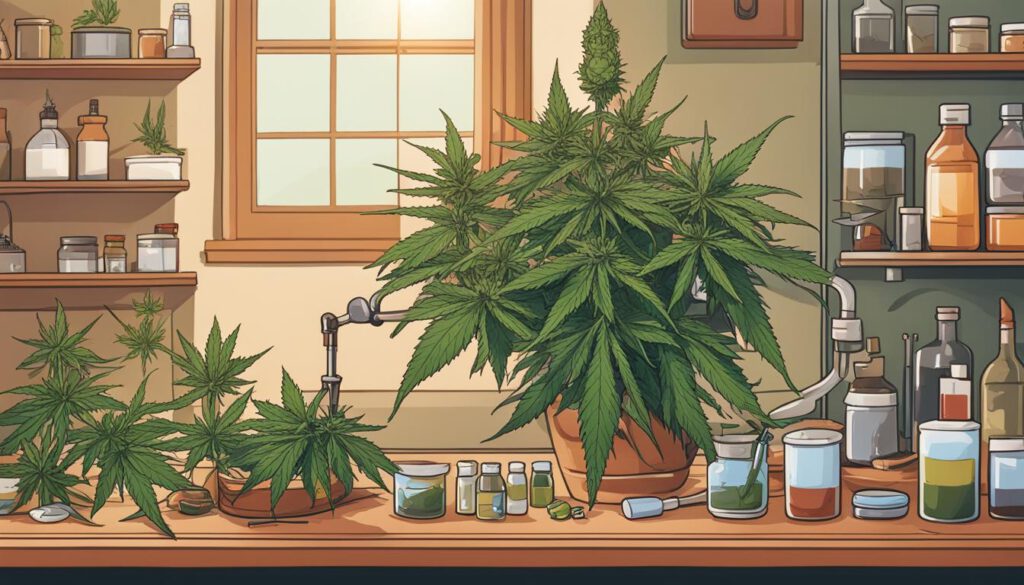
By understanding how to identify and resolve nutrient deficiencies in your cannabis plants, you can ensure optimal growth and yield. Keep a close eye on your plants and take action promptly if you notice any signs of nutrient deficiencies.
Handling Pest and Disease Problems in Cannabis Cultivation
As a cannabis cultivator, you may encounter various pest and disease problems that can impact the health and yield of your plants. Understanding how to diagnose and resolve these issues is crucial to ensure successful cannabis cultivation. In this section, we will provide guidance on how to troubleshoot common cannabis pests and diseases and suggest preventive measures to protect your plants.
Identifying Common Cannabis Pests
Spider mites, aphids, and whiteflies are among the most common pests that can attack cannabis plants. These pests feed on the plant sap, leaving tiny yellow or white spots on the leaves and ultimately causing leaf damage and stunted growth. To identify these pests, you can look for small, crawling bugs on the leaves, webs on the leaves and buds, and tiny black or white speckles on the leaves and stems.
If you spot these pests on your plants, you can control them by using natural predators like ladybugs, lacewings, and predatory mites, or by applying organic insecticides like neem oil or insecticidal soap. You can also prevent pests by maintaining good plant hygiene, avoiding overcrowding, and keeping your grow room clean and sanitized.
Managing Cannabis Diseases
Cannabis diseases like powdery mildew and bud rot can significantly affect plant health and yield. Powdery mildew appears as a white, powdery substance on the leaves, stems, and buds, while bud rot causes the buds to rot and decay. These diseases can spread quickly and harm your entire crop.
To prevent cannabis diseases, you should maintain proper ventilation, avoid overwatering, and maintain optimal temperature and humidity levels. Additionally, you can use organic fungicides like potassium bicarbonate or copper soap to control the spread of these diseases. If you notice any signs of disease, immediately remove the affected parts of the plant and dispose of them properly to prevent further spread.
Protecting Your Cannabis Plants
Preventive measures are key to protecting your cannabis plants from pests and diseases. Here are some tips:
- Regularly inspect your plants for signs of pests and diseases
- Avoid introducing new plants or clones without proper inspection and quarantine
- Maintain a clean and sanitized grow room with proper ventilation, air circulation, and temperature and humidity control
- Use only clean soil and water free of contaminants
- Avoid overfeeding or underfeeding your plants
By following these tips and techniques, you can troubleshoot and resolve common cannabis pest and disease problems, ensuring the successful growth and yield of your plants.
Overcoming Environmental Issues in Cannabis Growing
Environmental factors can pose significant challenges for cannabis cultivators. Overwatering and light burn are two common problems that can affect plant health. Let’s explore how to troubleshoot these issues and promote successful cannabis cultivation.
Troubleshooting Cannabis Overwatering
Overwatering is a common issue that can cause root rot and hinder plant growth. The symptoms of overwatering include yellowing leaves, wilting, and stunted growth. To troubleshoot this issue, follow these steps:
- Check the drainage of your pots to ensure that excess water can escape.
- Allow the soil to dry out before watering again. Inserting your finger a few inches into the soil can help you determine if it’s dry enough to water.
- Adjust your watering schedule and volume as needed based on the size of your plants and environmental conditions.
By following these tips, you can prevent overwatering and promote healthier cannabis plant growth.
Troubleshooting Cannabis Light Burn
Excessive exposure to light can cause damage to cannabis plants, resulting in discolored leaves, burnt tips, and reduced growth. To troubleshoot this issue, follow these steps:
- Adjust the distance between your plants and the grow lights. Most plants require at least 12-18 inches of distance between the canopy and the light source.
- Lower the wattage of your grow lights, if possible.
- Ensure that your grow lights are not left on for more than 18 hours per day, as excessive light exposure can also affect plant growth.
By following these tips, you can prevent light burn and promote healthier cannabis plant growth.
With these troubleshooting tips, you can overcome common environmental challenges and achieve successful cannabis cultivation. By promoting optimal plant growth, you can enjoy healthier plants and better yields. Keep these tips in mind throughout the cannabis growing process and adjust as needed to optimize your plants’ health and growth.
Conclusion
Congratulations on making it to the end of this expert guide to troubleshooting common cannabis growing problems! By taking the time to learn about these topics, you have equipped yourself with valuable knowledge that will help you cultivate healthier plants and achieve better yields.
Remember that troubleshooting common cannabis growing problems is an essential skill for every cultivator. By understanding how to diagnose and address issues related to plant health, nutrient deficiencies, pests and diseases, and environmental factors, you can ensure the successful growth of your cannabis plants.
If you encounter any challenges during the cannabis growth process, don’t panic. Refer back to this guide and use the information provided to identify and address the problem. With patience, persistence, and the right techniques, you can overcome any growing obstacles and achieve success in your cannabis cultivation endeavors.
FAQ
What are some common cannabis growing problems?
Common cannabis growing problems include nutrient deficiencies, pests and diseases, environmental issues such as overwatering or light burn, and poor plant health.
How can I diagnose cannabis growing problems?
Diagnosing cannabis growing problems involves observing the signs and symptoms exhibited by the plants, including leaf discoloration, wilting, pest infestation, or unusual growth patterns. Additionally, conducting soil tests and evaluating environmental conditions can provide valuable insights.
What should I do if my cannabis plants have nutrient deficiencies?
If your cannabis plants show signs of nutrient deficiencies, such as yellowing leaves or stunted growth, you can address the issue by adjusting the nutrient levels in the soil or using specific fertilizers formulated for cannabis cultivation. Taking preventative measures, like regular soil testing and maintaining a balanced nutrient regimen, can also help prevent deficiencies.
How can I handle pest and disease problems in cannabis cultivation?
To handle pest and disease problems in cannabis cultivation, it is important to identify the specific pests or diseases affecting your plants. Depending on the issue, solutions may include using organic or chemical-based insecticides or fungicides, practicing proper hygiene, implementing integrated pest management techniques, and providing a clean growing environment.
What are some environmental issues that can affect cannabis growth?
Environmental issues that can affect cannabis growth include overwatering, which can lead to root rot, and light burn, which can cause leaf bleaching or burning. By following proper watering techniques and managing light intensity, you can mitigate these problems and promote healthy plant growth.

